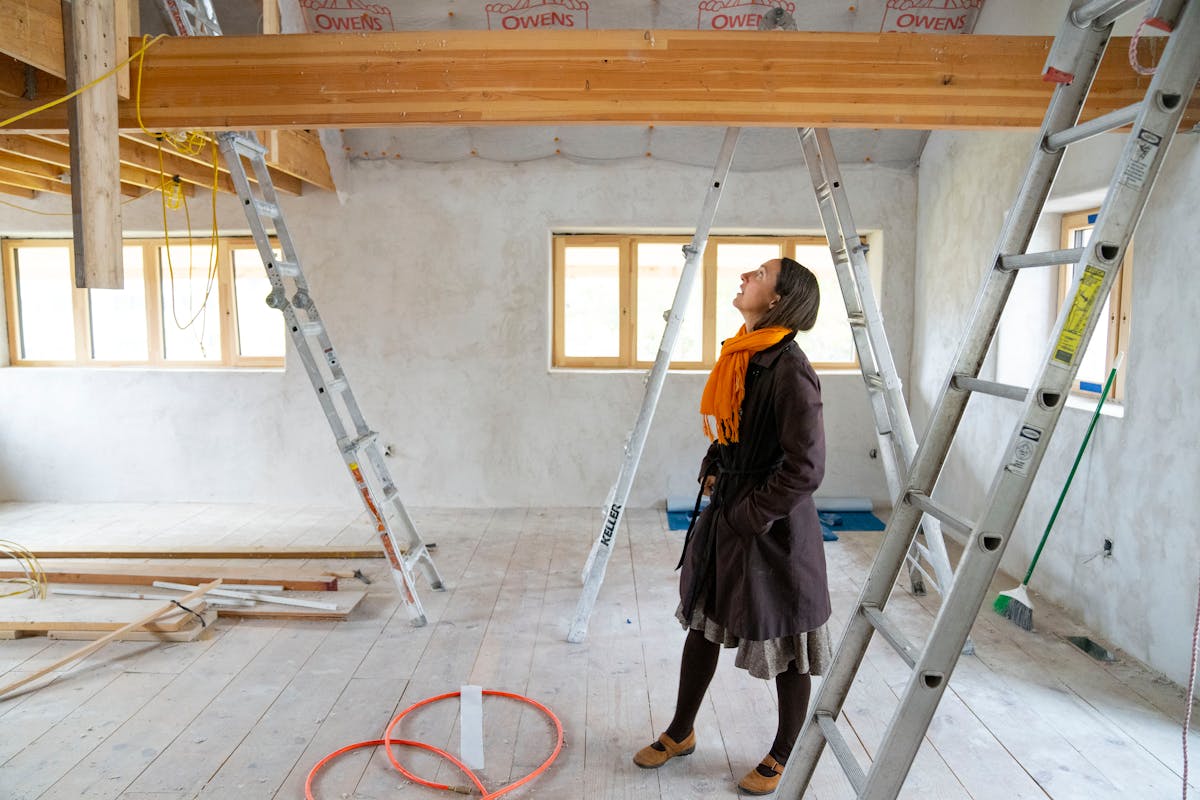Minneapolis now has an idea of how much it will cost to add insulation, air seals and more efficient appliances to its neighborhoods of bungalows, ramblers, duplexes and other low-density dwellings: at least $1 billion.
Decarbonizing buildings to be more efficient and less reliant on planet-warming natural gas is a goal of Minneapolis and the state. Homes account for about a fourth of the total carbon emissions in Minneapolis, which presents a particular challenge with the city's proliferation of single-family houses, many of which are a century old or older.
A study on completing this work in one- to four-unit homes in Minneapolis is among the first to put a dollar amount on the effort.
It projects the cost to upgrade 88,441 buildings in this category would cost $1.06 billion to $1.24 billion more than conventional upgrades, such as replacement hot water heaters, over 20 years. The total cost for all the recommended fixes could range between $2.12 billion and $2.73 billion, over two decades.
The report focused on this segment of housing, because "the technology is there and has been tested and it's been implemented in lots of places in smaller buildings," said author Katie Jones, of the Center for Energy and Environment. CEE also conducts home energy audits for homeowners and has worked to test and promote heat pumps, a technology that still is catching on in colder climates.
Patrick Huelman, a cold-climate housing coordinator at the University of Minnesota who did not work on the report, said that "it's big, it's bold, it's ambitious."
Regardless, he added, "I don't see anything in there that isn't doable"
The study concluded the most valuable action by far is weatherization or adding insulation and sealing cracks that allow air to escape. The methods aren't complex, and authors of the report didn't factor in more costly options like replacing windows or modifications that would require removing exterior siding.
The report does lay out several challenges. Minneapolis would need 1,000 workers to complete these projects, and there's broad agreement that the current labor force probably isn't enough.
The homes covered represent about 52% of the city's housing units. Most of the buildings were built before the Great Depression — offering huge savings if weatherization is completed, but also potential challenges such as antiquated electrical systems.
Another question is how increased demand for electricity would be met if all heating systems are converted from fossil fuels. The report estimated that if all heating were electrified, peak demand for the converted houses would jump four times.
"The worst scenario is a January morning polar vortex, and that's when you have the highest demands of people trying to turn on everything, heat up their homes because they're waking up," Jones said.
The authors instead recommend that dual-fuel heat pumps handle about 80% of the winter heating load, and another energy source like natural gas is used on the most bitterly cold days. But that still would at least double the peak electricity load and move it to the winter. Right now, demand peaks with summer air conditioning.
Xcel Energy participated in the development of CEE's report. In addition to meeting the increased loads that could occur as more homes switch to electrical heating, stoves or water heaters, the utility must meet a new 100% carbon-free energy standard by 2040.
Kevin Coss, a spokesman for the utility, wrote in an email that Xcel is "tracking the adoption of electrification in heating systems and vehicles to better plan for the increased demand this transition will create."
He added that the utility is considering new incentives for customers to switch to dual-fuel heat pumps.
Then there's a question of whether the work can be done quickly enough to meet Minneapolis' climate goals. The city has signed on to the climate pathways put together by C40 Cities, a global group. The city committed to net-zero carbon emissions by 2050, but it also agreed to go green more quickly than communities in poorer and less-polluting parts of the world, said Luke Hollenkamp, sustainability program coordinator for Minneapolis.
To hit that target, the CEE report suggests starting home renovations in earnest as early as 2024 and to peak in 2029 by converting 9,000 homes that year.
Hollenkamp said the city may not exactly follow that timeline, but to hit its goals, "We can't depart too far from this."
Ultimately, making all the home conversions requires persuading homeowners to do it. City officials know that's a challenge, especially when most people pay for new appliances when old ones break.
"It is almost impossible to ask them to electrify in that crisis moment," Hollenkamp said.
In the way a mechanic might tell you that a car could soon need new brake pads, homeowners need to be warned about what upgrades are coming so they can plan for it, Huelman said.
But the question remains, "How do you get that intervention to occur and who is that [that does it]?" Huelman said.
The biggest unknown in the whole equation may be how to cover the cost. Some funds are available in the form of rebates from the Inflation Reduction Act. Those incentives could cover almost all of the cost of some upgrades, like improved electrical wiring, said Josh Quinnell, a modeler with CEE who also worked on the report.
And there are current efforts, like weatherization assistance, that help low-income homeowners.
"We generally want to see more homes going through existing programs," Jones said.
Carolyn Parnell, 'trailblazer' who served as Minnesota's first IT commissioner, dies


